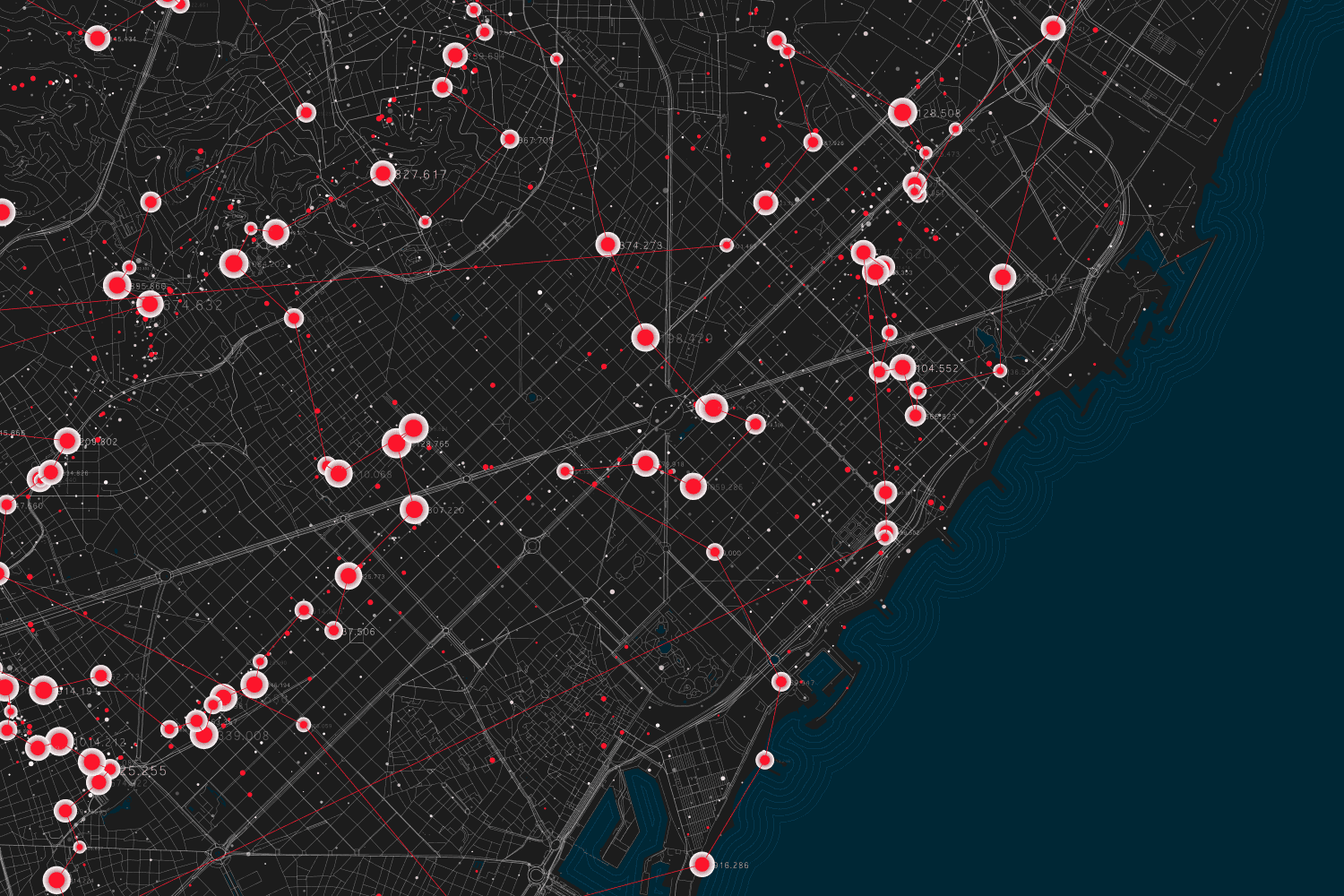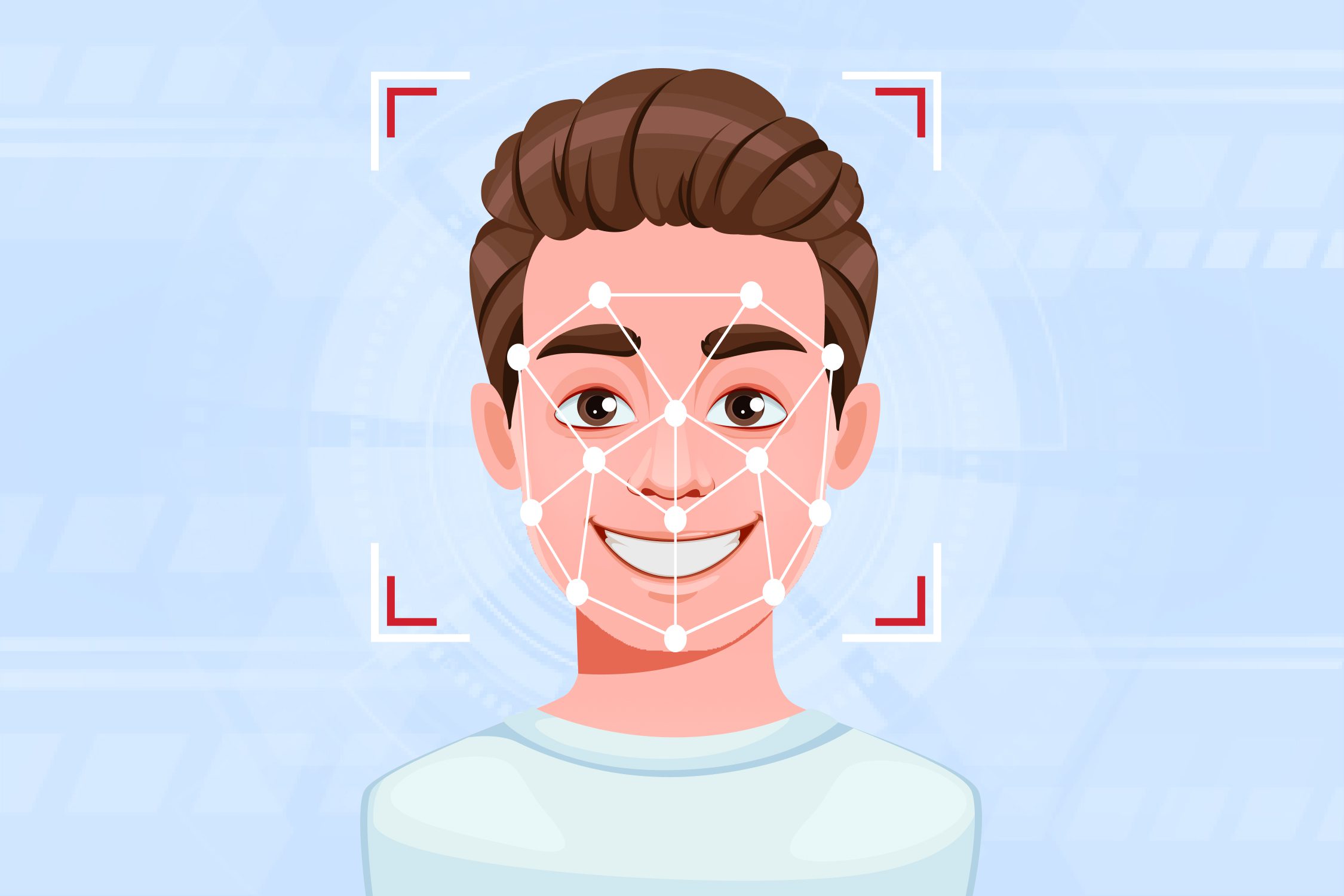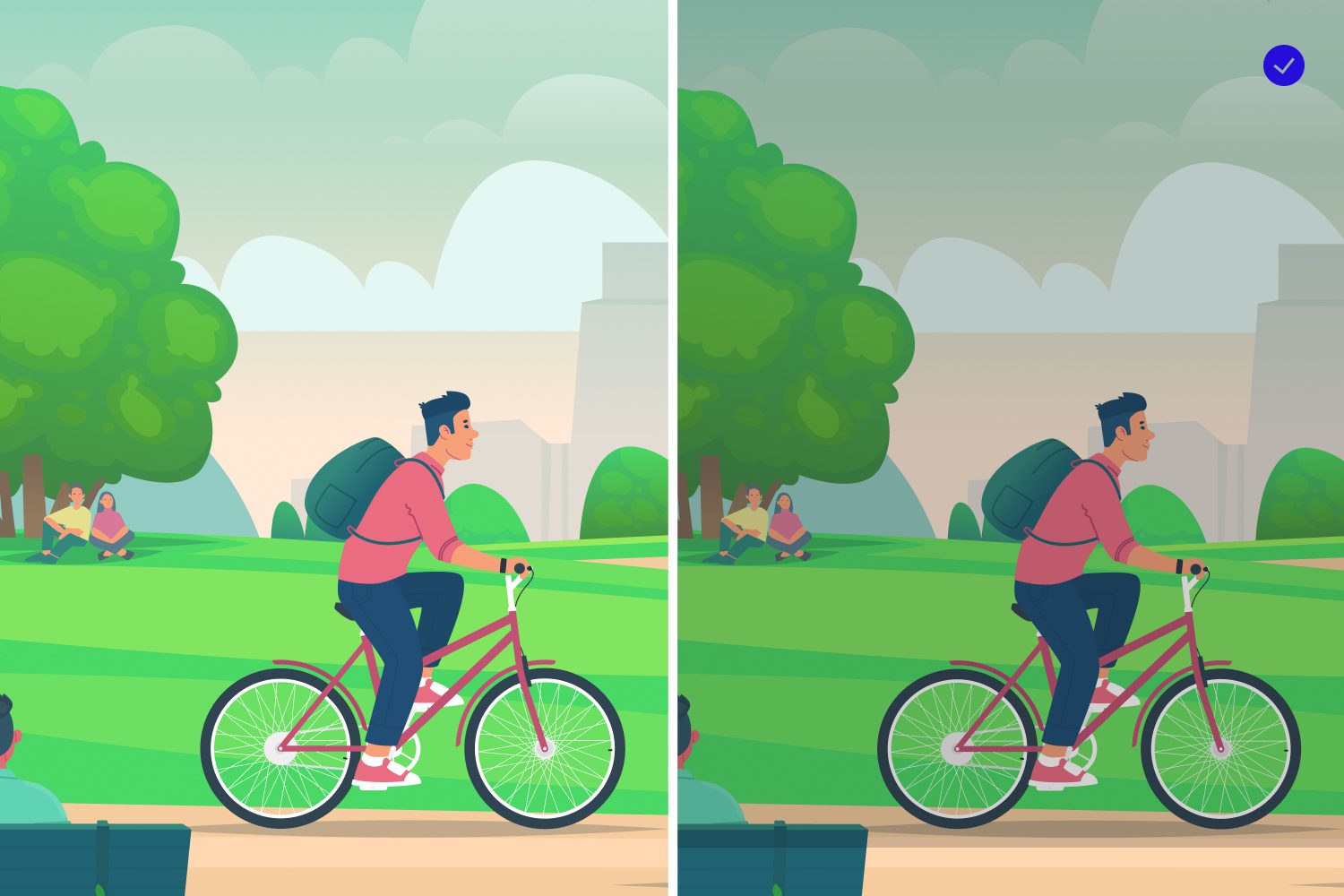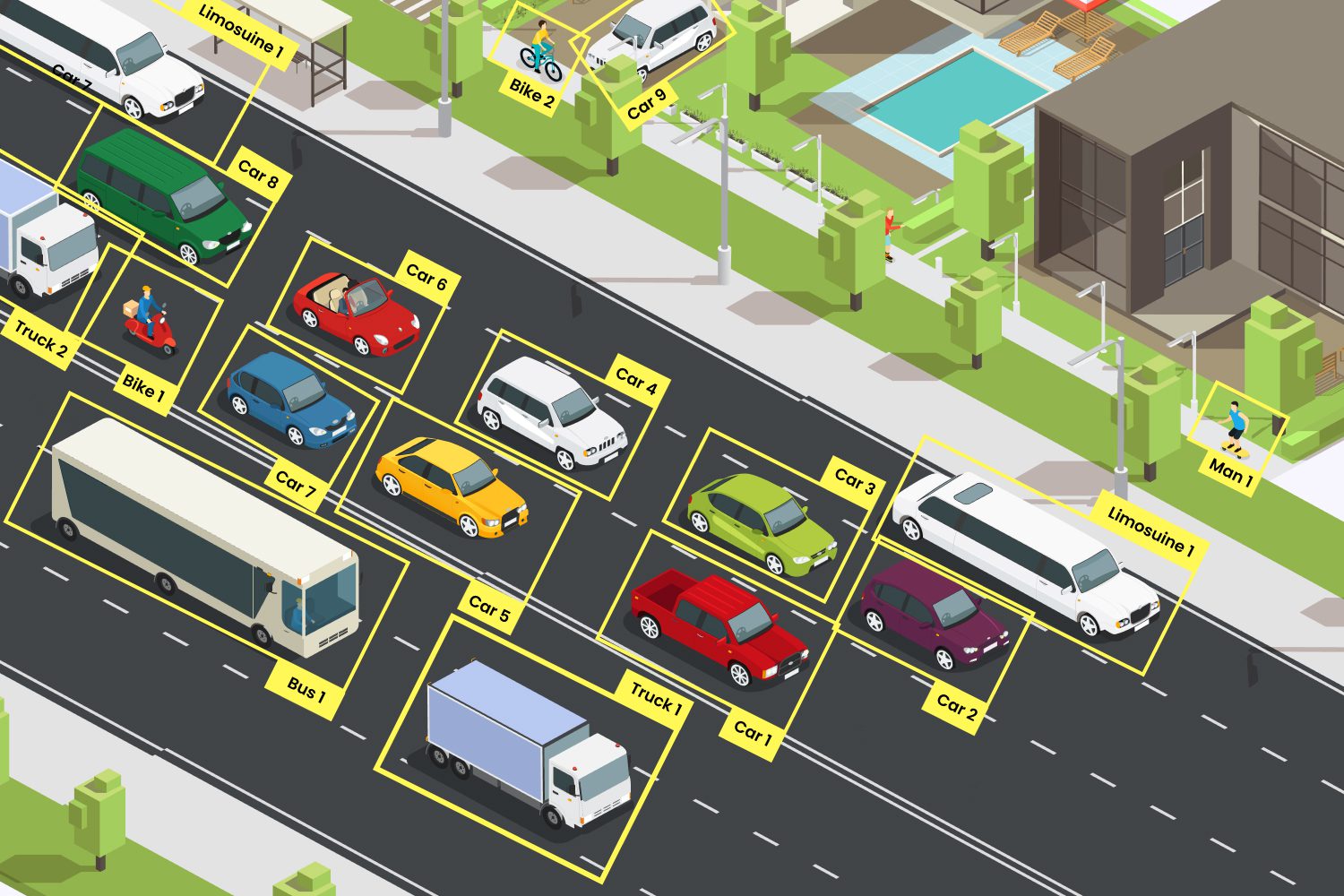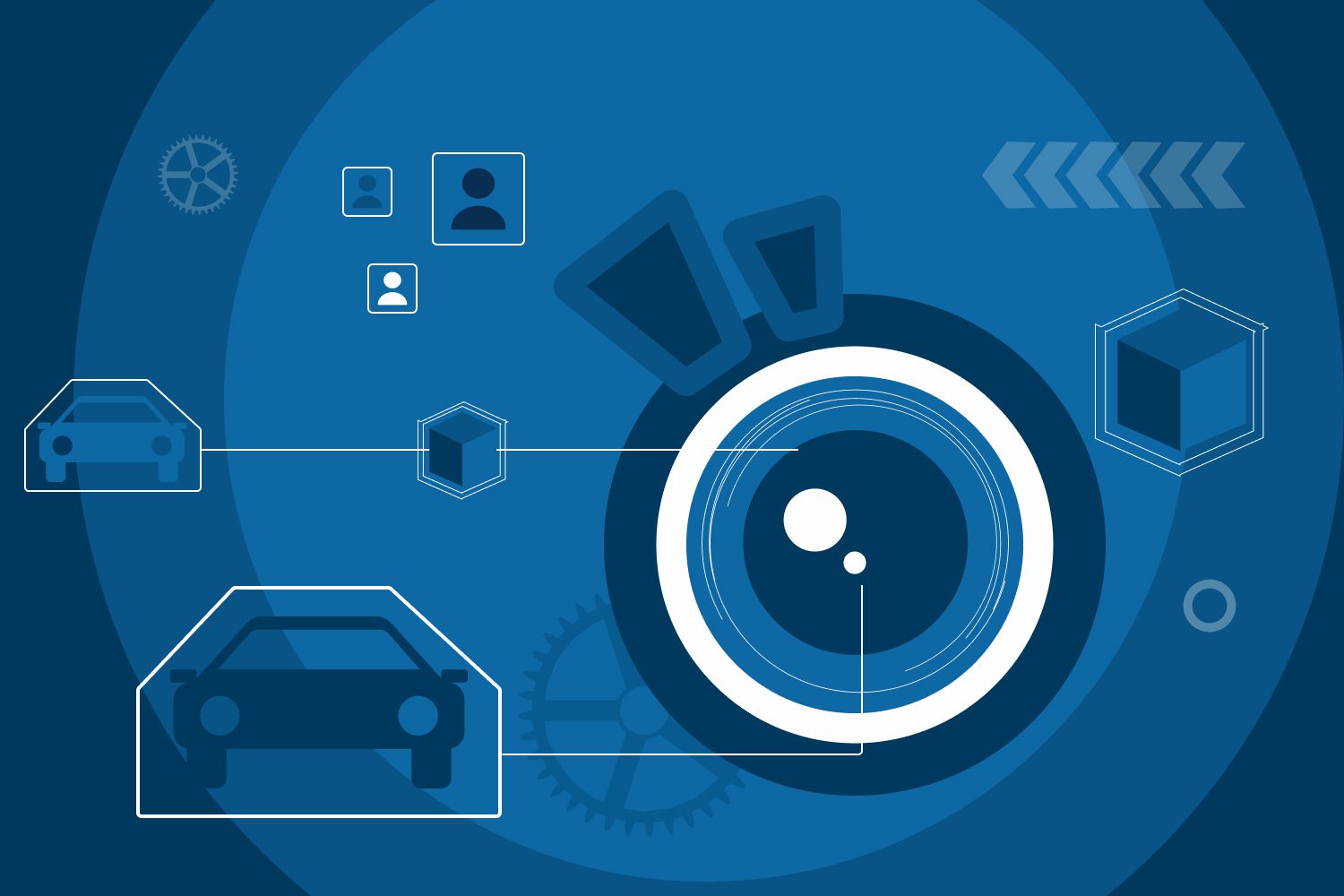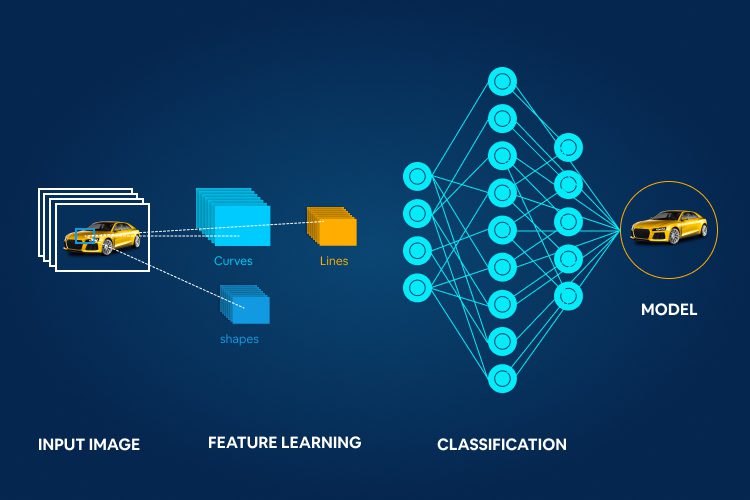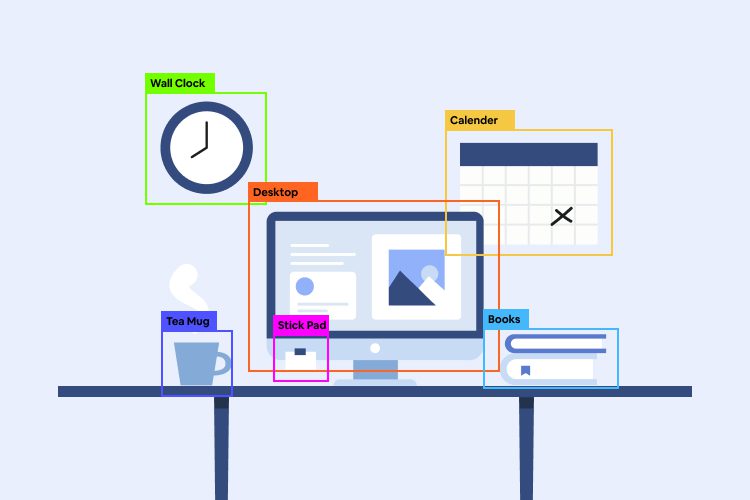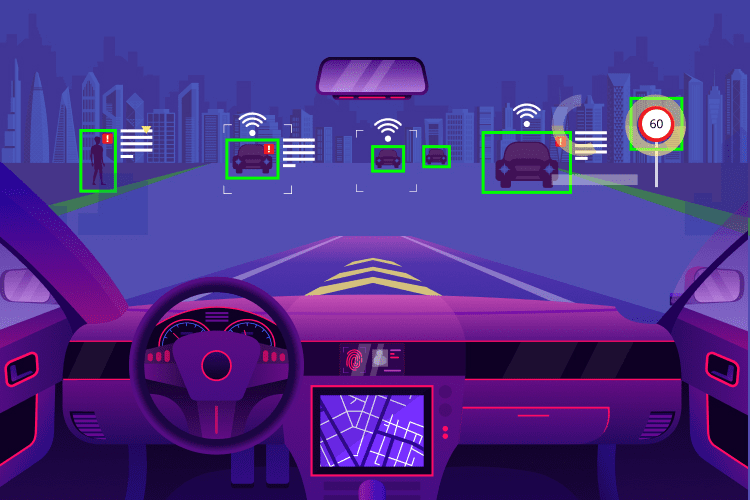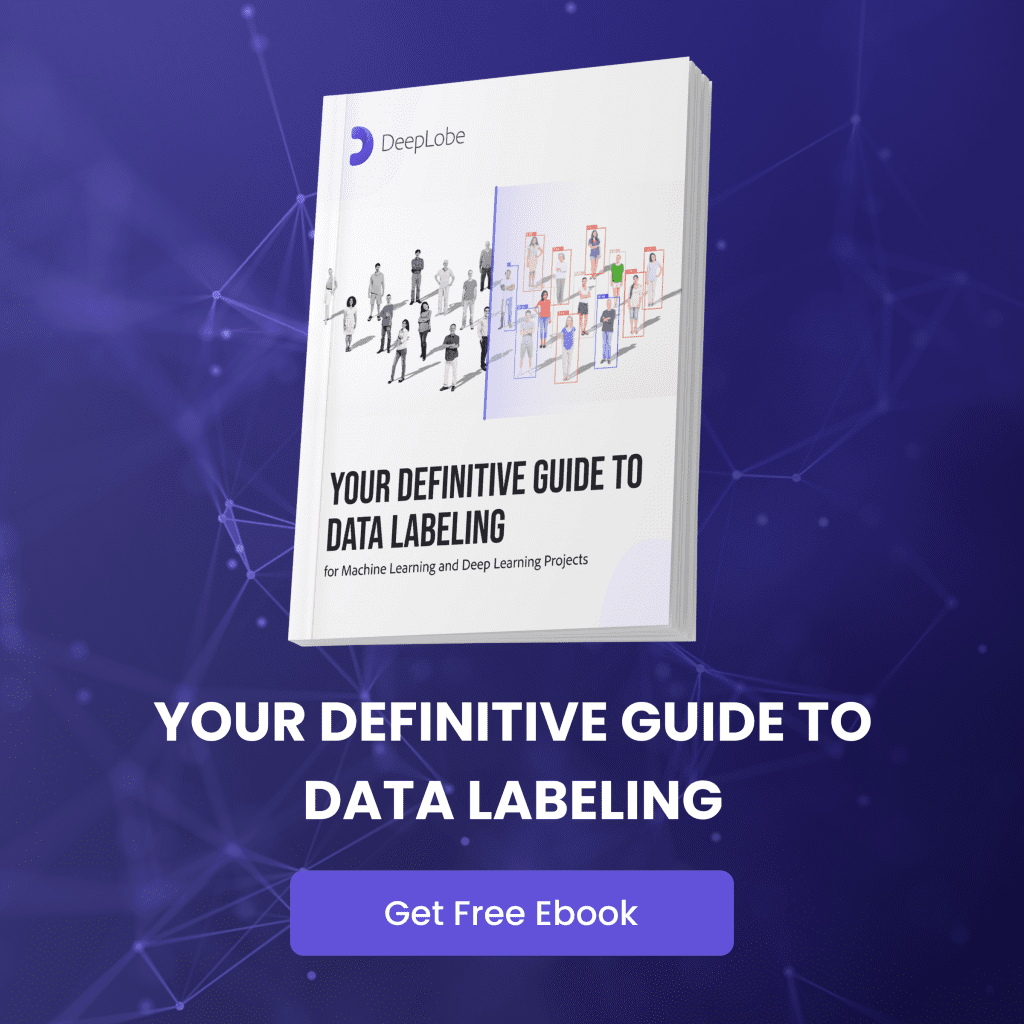GeospatialAI or GeoAI is an evolving field aiming to help organize, process, and analyze spatial big data with spatial science and AI methods like machine learning, deep learning, data mining, and high-performance computing. The increased availability of geospatial data, advancements in AI, and the availability of massive computing power have resulted in the mounting relevance …
Read moreThe term “synthetic data” is used in computer vision to describe images that are generated by algorithms instead of being captured by a camera. These images are usually generated for training artificial intelligence (AI) models. The use of synthetic data has several advantages over real data. First, it is easier to get a large amount …
Read moreData labeling is a process that involves adding target attributes to data and labeling them to train the machine and deep learning models. Data labeling is crucial in object detection to perform various computer vision tasks such as object segmentation, object counting, and object tracking. The potential benefits of AI-enabled technology for automating the decision-making …
Read moreFace recognition technology is becoming more prevalent by opening up new opportunities for businesses and enterprises in terms of biometrics. It is by far the most advanced and relevant AI technology that can perform a wide range of tasks. Although the concept of face recognition was already invented during the 1960s, its technological breakthrough occurred …
Read moreImage similarity is becoming popular in recent times. The ability of an image similarity model to find identical images with the utmost accuracy in defined data sets is helping in many ways. Finding plagiarized photos, identifying fake accounts, discovering original images of people, products, and places are a few of the image similarity real-world applications. …
Read moreImage annotation is one of the vital applications of computer vision, which allows the machines a high-level ability to deconstruct digital images or videos and interpret the visual information just like humans. Most of the remarkable applications of AI like self-driving cars, medical imaging, self-flying drones, etc., are only possible through image annotation. While image …
Read moreComputer vision is gradually becoming one of the most prominent fields in the world of data science. We are constantly leveraging this technology in our daily lives – be it the photo search feature on google lens or face unlocking feature on smartphones or photo tagging through auto search, etc. Deep learning allows machines and …
Read moreDeep convolutional neural network (CNN) based image classification plays an essential role in seamlessly performing most of the challenges from disease diagnosis to predicting consumerism behavior. Using Deep CNN reduces the time and effort required to spend on extracting and selecting classification features manually. In recent times, deep CNN has been applied to image classification …
Read moreObject detection has grown significantly over the years. Classifying and finding an unknown number of individual objects within an image or video is considered as one of the challenging and impossible tasks that becomes a solution beyond what is required for image classification. Object detection is primarily powered by deep learning and convolutional neural networks …
Read moreThe autonomous vehicles segment has recently seen a tremendous growth, all thanks to computer vision. Classifying and detecting objects, signs, humans, other vehicles on the path, marking 3D maps, real-time traffic insights, etc., are a few research advancements in the field of computer vision. And these advancements are driving the growth of computer vision in …
Read more